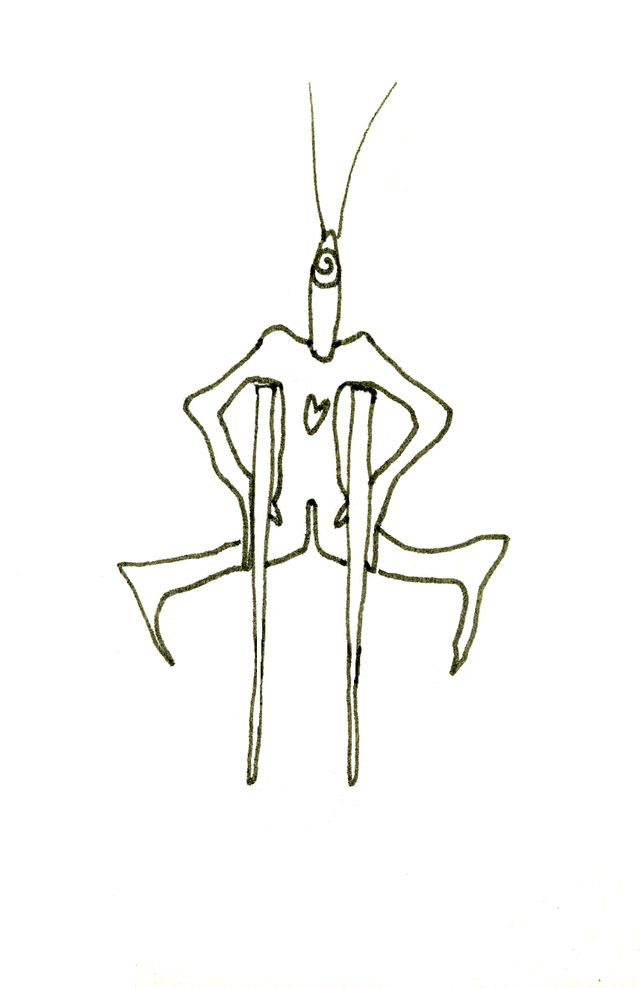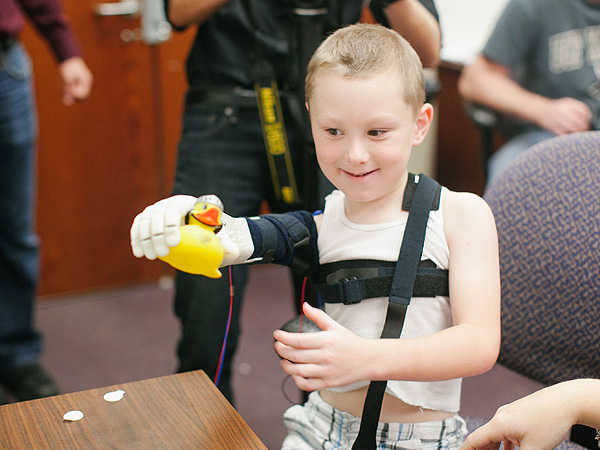Hello, everyone!
I could go on and on about the subject
of this week's blog, artist Bill Shannon, but since his personal,
political, and artistic endeavors are so in-depth, varied, and yet
entirely connected, I will instead keep this post short and heartily
encourage you to check out his website, where you can click
and choose specifics to read about.
Bill Shannon is an American 2D, 3D,
dance, installation, and performance artist. He was born with a
bilateral hip deformity, which caused him to wear leg braces and use
crutches for most of his childhood. When he went to a mainstream
school, Shannon found that art leveled the playing field with his
peers. After all, he'd had to think creatively about movement his
whole life, so thinking creatively in an art-based way was natural.
By the time he was 11 years old,
Shannon was able to stop using the braces and crutches, and he became
deeply immersed in the breakdance and skate scenes. Along with the
new freedom, expression, and grace, however, came reminders that his
disability would be a lifelong presence that he would have to work
around. Eventually, though, the pain in his hips and legs increased
to the point that he had to start using crutches again.
Shannon seems to make it clear that he
does not want his disability to be his identity or, like Stella Young brought up, a source of unjust inspiration; although it
informs his art in many ways, there is almost no mention of it in his biography, and in his explanation of the reworkings of his
website, he notes that he cannot help that journalists tend to like
to focus on him as an artist with a disability rather than just an
artist:
“Its no secret that I am a poster boy for disabled people 'making lemons out of lemonade.' I also know that I am a 'cream of cripples,' a term used by some within the disabled movement (please email me if you know who invented this term) to describe people with disabilities who are more functional and charasmatic [sic] than others who are also disabled. A 'Cream of Cripples' is more palatable to media and audiences and has more common ground with the able-bodied. While I do not like being held up as an 'example to us all' or being situated as 'challenging disability' due to my situation as an artist I cannot control the journalist [sic] and writers so caught up in this particular narrative. This is why this reworking of the whatiswhat.com site is so important to me. I will use this space to share the details of my own history and perspectives on the subject of disability on an ongoing basis rather than the static nature of the previous whatiswhat site.”
Okay! I've already written more than
anticipated and still feel like I've hardly gotten anywhere in
adequately describing Bill Shannon or his work. I even feel like I've
done him a disservice by focusing more on his disability than his
art, which is apparently exactly what he does not want, which is why
I hope you all check out his website and explore his work!






